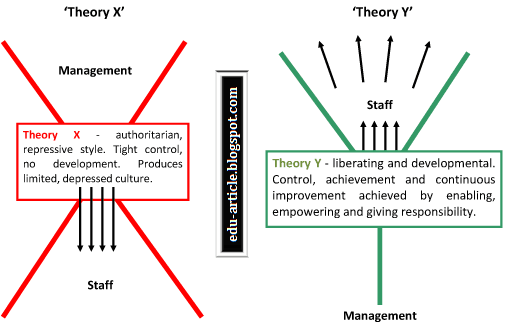United Airlines’ recent customer relations mishaps (bloodying Dr. David Dao while dragging him off a plane; preventing a woman from seeing her dying mother because of a payment mishap with the phrase, “you can’t fly for free;” killing a dog by stowing it in an overhead bin), one wonders how United employees could behave so callously. CEO Oscar Muñoz offered a clue when he immediately blamed Dao, the paying customer, for the incident: employee attitudes are formed in large part by the behaviors and perspectives of management. Managers’ treatment of employees is not only a determining factor in how the staff views their employer; it may make or break the customer experience (and in this case, the passenger’s face).
By raising certification standards and continuously improving technology, airlines have become a marvel of safe transport; meanwhile, carrier service quality has taken a nosedive. While patient safety and clinical outcomes have always been the primary concern of health care providers, increasing competition and scarce resources are forcing them to consider how consumers evaluate the patient experience. Many of us have experienced curt, dismissive behavior from outpatient office staff, or the silence that follows one’s press of the call bell from a hospital bed at midnight. As the competition increases among these providers, the attitudes and perceptions of direct-care employees is becoming increasingly impactful in determining patient satisfaction.
This article examines Douglas McGregor’s Theory X/Y along with other constructs including psychological safety and organizational citizenship behavior, in the context of healthcare delivery. Regardless of your industry, your beliefs as a manager around employee motivation (X or Y) are likely to have a positive or negative effect on employee attitudes, and ultimately, on customer satisfaction.

